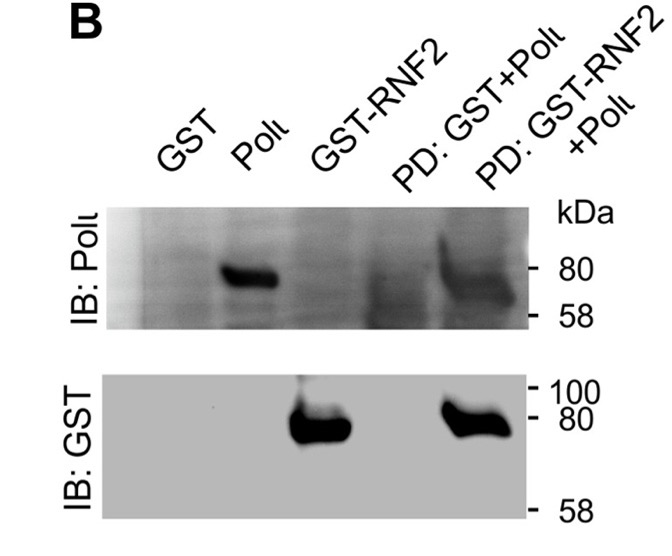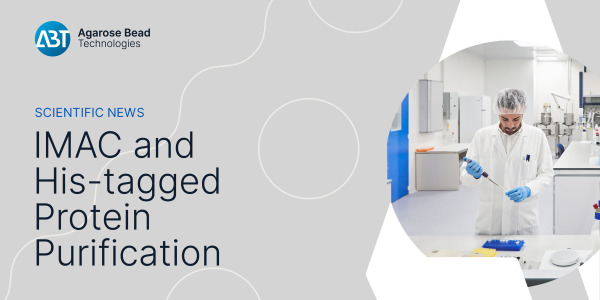News
Next Stop: BPI Boston 2025!
ABT returns to Bioprocess International Boston, where the future of bioprocessing from cell line and cell culture to downstream and next generation manufacturing, is showcased.
Read moreABT has been awarded the "Innovative SME" label by the Spanish Ministry of Science, Innovation and Universities
This seal confirms the company's commitment to research, custom development and innovation in the field of bioprocessing.
Read more"This study highlights the importance of protein purification techniques to identify protein-protein interactions that are critical for cell biology"
The E3 ubiquitin ligase RNF2 protects polymerase ι from destabilization and represents a potential therapeutic target for diseases associated with DNA instability.
Polymerase ι (Polι) is a Y-family DNA polymerase involved in translesion synthesis (TLS), a critical mechanism for DNA damage tolerance. Its regulation is essential because its instability can compromise genome stability and lead to diseases such as cancer.
This study explores the role of RNF2, an E3 ubiquitin ligase, in protecting Polι from proteasomal degradation. For this purpose, co-immunoprecipitation (Co-IP) experiments were conducted using a glutathione agarose resin column from Agarose Beads Technologies (ABT) to purify the protein and evaluate the interaction between Polι and RNF2.
The stability of Polι was also analyzed in cells with and without RNF2, revealing that the loss of RNF2 resulted in a significant reduction of Polι due to proteasomal degradation.

Figure 1. Polɩ interacts with E3 ubiquitin ligase, RNF2. (B) Pull-down assay showing the interaction between GST-tagged RNF2 and His-tagged Polɩ. His-Polɩ was incubated with GST- or GST-RNF2. GST was captured on glutathione agarose beads, washed and separated by SDS-PAGE parallel to 5% of protein input, followed by immunoblotting with polyclonal antibodies raised to the C-terminus of Polɩ [37] and anti-GST antibodies (Covance and Santa Cruz, respectively)
The results indicate that RNF2 directly interacts with Polι and prevents its degradation, ensuring its function in translesion synthesis and reducing cellular susceptibility to DNA damage.
This study concludes that the regulation of Polι by RNF2 is critical for genome stability and suggests that it may represent a potential therapeutic target for diseases associated with DNA instability.
Furthermore, it highlights the importance of protein purification techniques using ABT agarose beads to identify protein-protein interactions that are critical for cell biology.
- Fedorowicz M. et al., IE3 ubiquitin ligase RNF2 protects polymerase ι from destabilization, Molecular Cell Research (2024).







